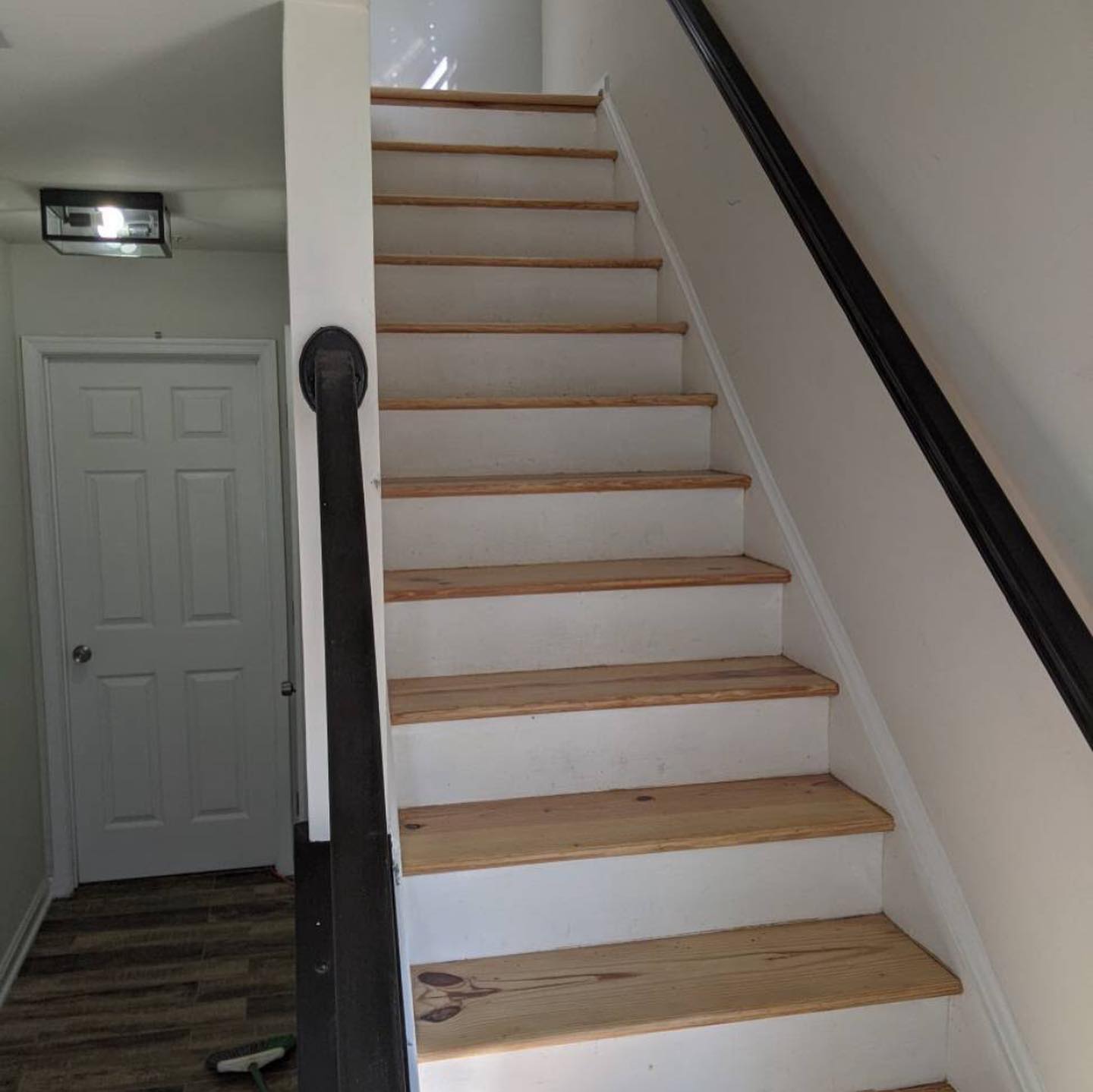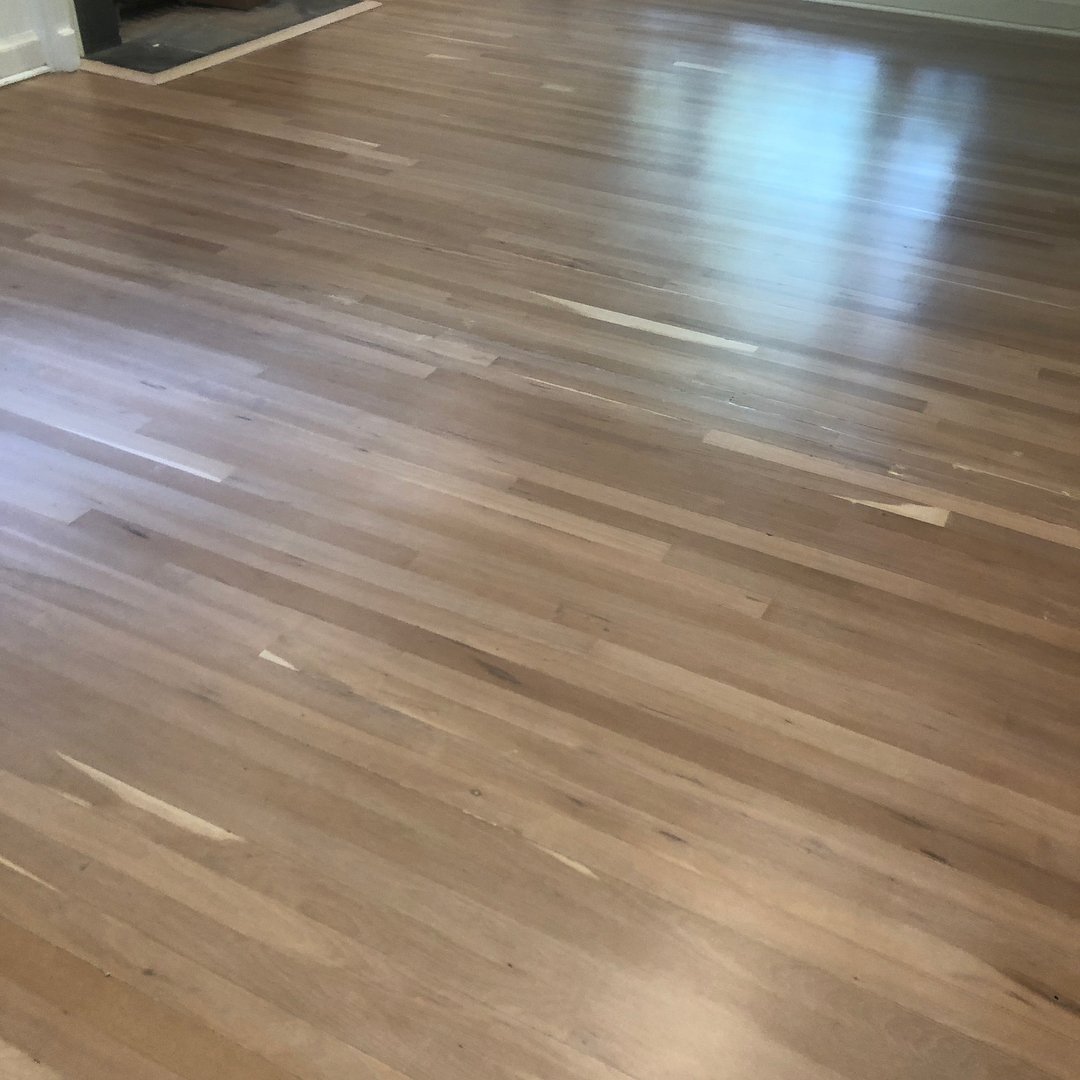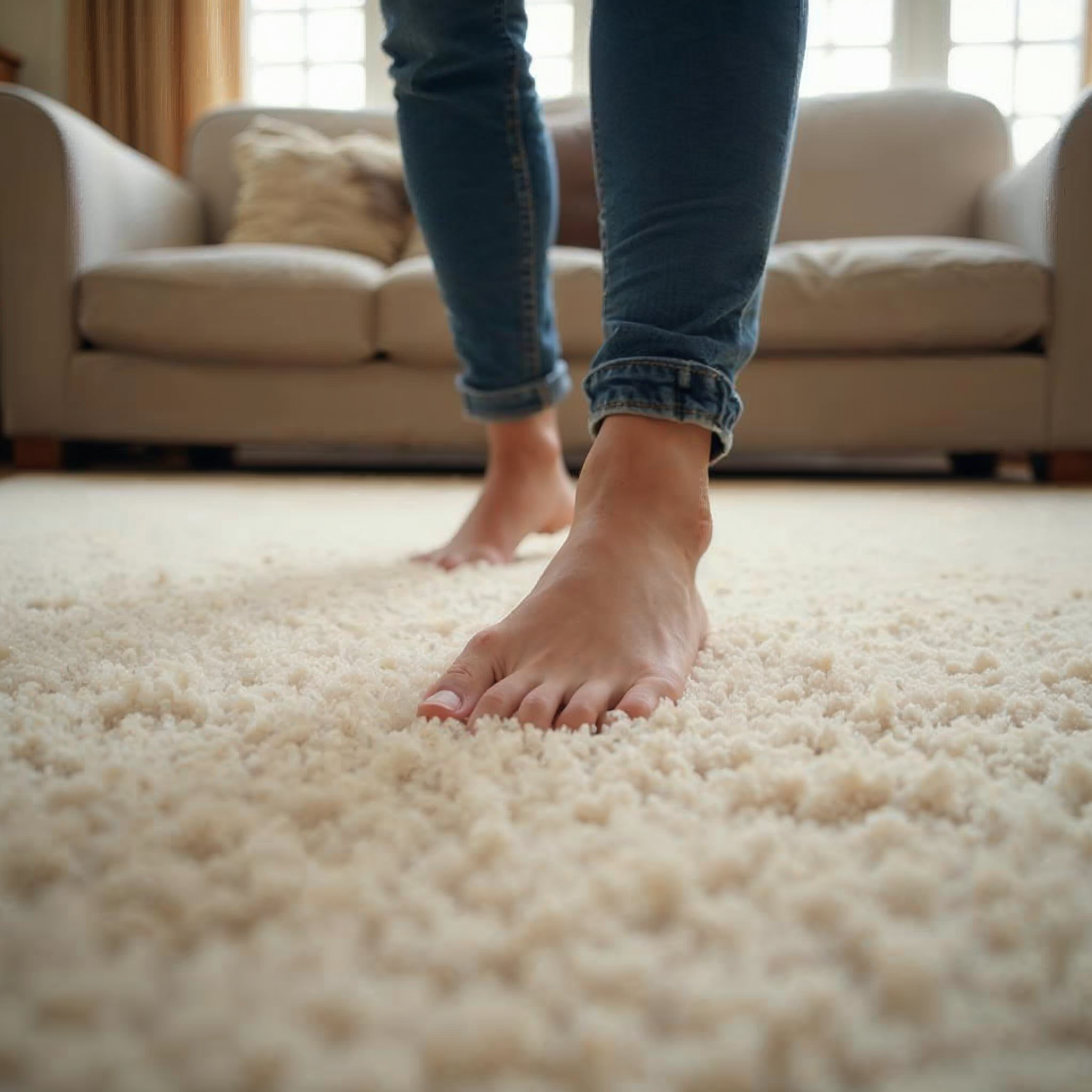Diagnosing and Fixing Hardwood Flooring Damage in Maryland Homes: A Pro’s Guide

Expert Tips on Hardwood Floor Repair in Maryland: Diagnosing and Fixing Common Issues
Hardwood floors bring warmth and character to any home, but over time, they can suffer from wear and damage that requires attention. Maryland homeowners, especially those with older properties, often face challenges such as wood floor gapping, crowning, and cupping issues. Understanding the specific problems of buckling hardwood floors in Maryland’s unique climate is crucial for effective maintenance. This guide offers expert insights into diagnosing hardwood floor issues and determining the best repair techniques for lasting results. Whether you are dealing with minor scuffs or more significant damage, these tips will help you make informed decisions about hardwood floor repair in Maryland.## Understanding Hardwood Floor Damage
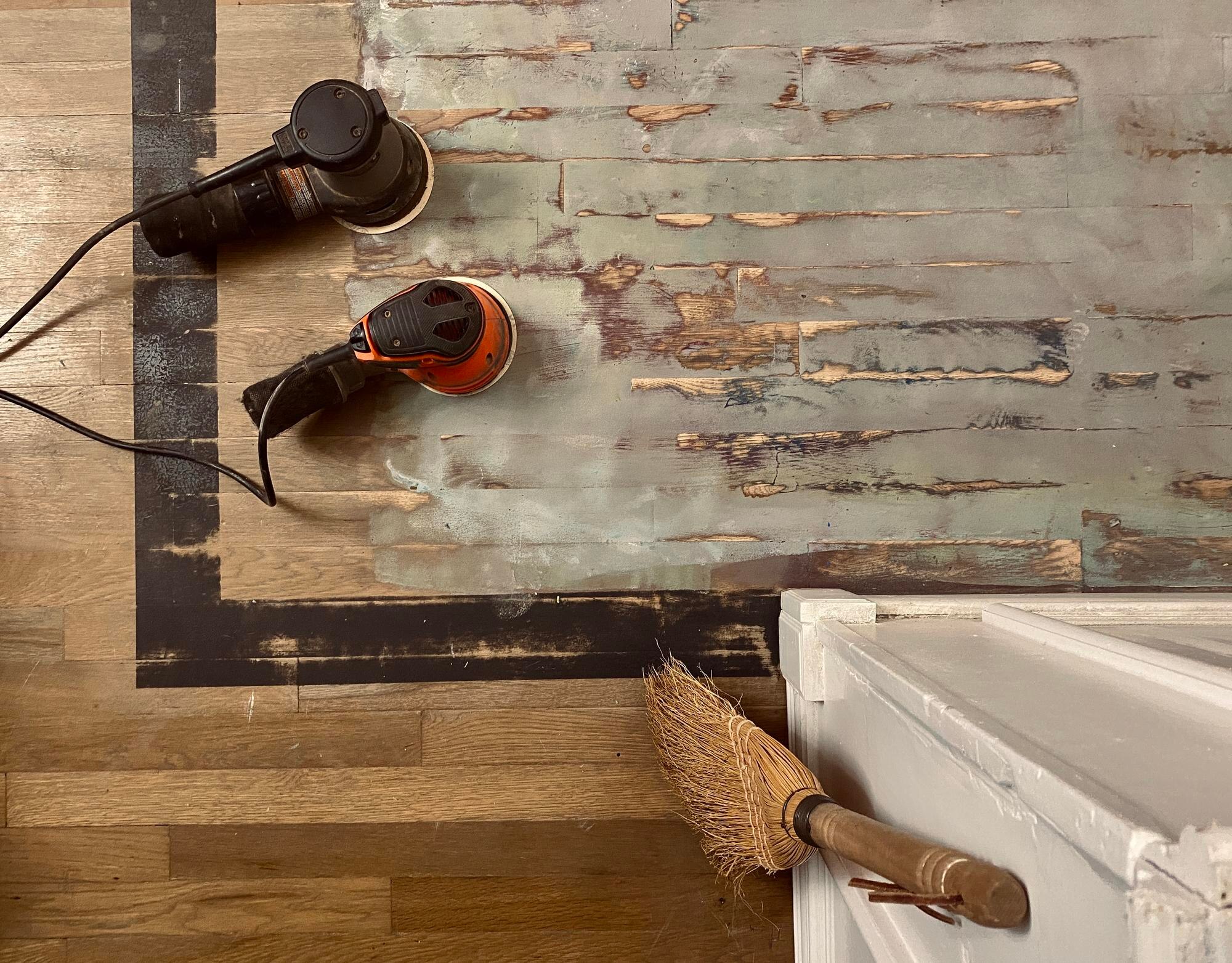
Hardwood floors are a beautiful addition to any home, but they can face various issues over time. This section explores common problems Maryland homeowners encounter, the importance of professional diagnosis, and when to consider repair or replacement.
Common Issues in Maryland Homes
Maryland’s climate can be particularly challenging for hardwood floors. High humidity levels and temperature fluctuations often lead to wood expansion and contraction.
One frequent problem is cupping, where the edges of floorboards curl upward. This usually occurs due to excess moisture absorption from the air or subfloor.
Another issue is crowning, where the center of the floorboard rises higher than the edges. This can happen when the top of the wood dries faster than the bottom after exposure to moisture.
Gaps between floorboards, known as wood floor gapping, are also common in Maryland homes. These gaps typically appear during drier months when wood contracts.
Importance of Professional Diagnosis
Professional floor diagnosis is crucial for identifying the root cause of hardwood floor issues. Experts have the knowledge and tools to accurately assess damage.
A professional can determine if the problem is superficial or if it extends to the subfloor. This assessment is vital for choosing the right repair method and preventing future damage.
Professionals also consider factors like the age of the floor, wood type, and installation method. These elements play a significant role in determining the best course of action.
By getting a professional diagnosis, homeowners can avoid costly mistakes and ensure their floors receive the most appropriate treatment.
When to Consider Repair or Replacement
Deciding between repair and replacement depends on several factors. Minor issues like small scratches or dents can often be repaired easily.
For more severe problems like extensive water damage or widespread buckling, replacement might be the better option. The age of the floor also plays a role – older floors may be more cost-effective to replace than repair.
Consider repair if the damage is localized and the rest of the floor is in good condition. Replacement might be necessary if the damage affects a large area or if the floor has undergone multiple repairs in the past.
Always consult with a professional to weigh the costs and benefits of each option before making a decision.
Diagnosing Flooring Problems
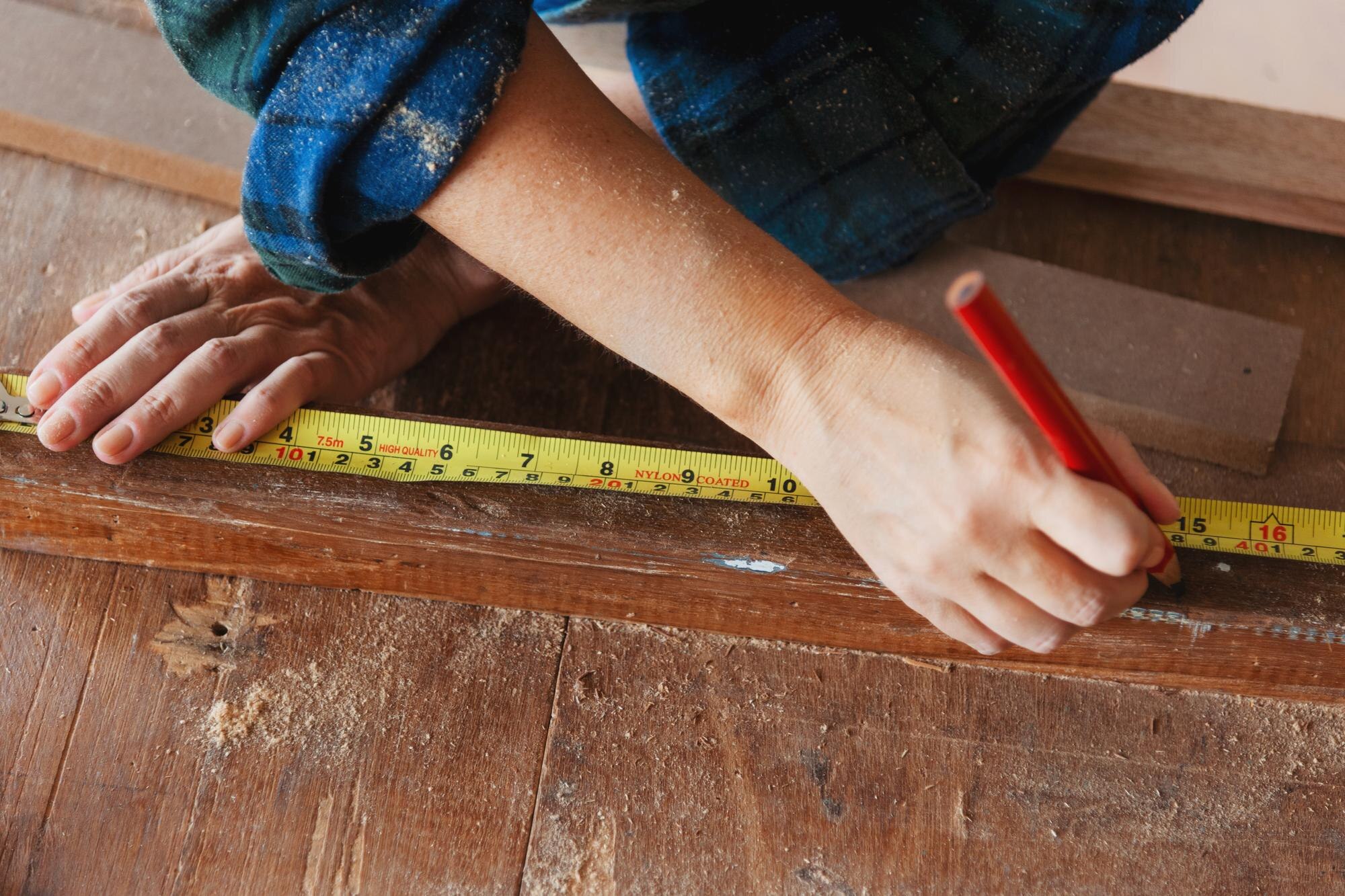
Accurate diagnosis is the first step in addressing hardwood floor issues. This section covers how to identify common problems like crowning, cupping, gapping, and buckling in Maryland homes.
Identifying Crowning and Cupping
Crowning and cupping are common issues that affect hardwood floors, especially in Maryland’s humid climate. These problems can be identified through visual inspection and physical touch.
Cupping occurs when the edges of the floorboards are higher than the center. Run your hand across the floor – if it feels wavy, with dips in the middle of each board, you’re likely dealing with cupping.
Crowning is the opposite of cupping. The center of the floorboard is higher than the edges, creating a rounded or crowned appearance. This can be felt when walking barefoot on the floor.
Both issues are often caused by moisture imbalance. Cupping usually happens when moisture is absorbed from below, while crowning can occur when the top of the wood dries faster than the bottom.
Recognizing Wood Floor Gapping
Wood floor gapping is a common issue in Maryland homes, particularly during the winter months when indoor heating systems reduce humidity levels.
Gaps appear as spaces between individual floorboards. These gaps can vary in size, from barely noticeable to wide enough to see the subfloor beneath.
To identify gapping, look for consistent spaces between boards across the entire floor. Remember that some minor gapping is normal due to wood’s natural expansion and contraction.
If gaps appear and disappear seasonally, this is typically a sign of normal wood movement. However, if gaps persist year-round or continue to widen, it may indicate a more serious issue.
Addressing Buckling Hardwood Floors MD
Buckling is a severe form of wood floor damage often seen in Maryland due to high humidity and potential flooding issues. It’s crucial to address this problem promptly to prevent further damage.
Buckling occurs when the floor lifts up from the subfloor, creating a wavy or rippled appearance. In extreme cases, the floor may rise several inches.
To identify buckling, look for areas where the floor appears to be pulling away from the subfloor. You might hear a hollow sound when walking on these areas.
Buckling is usually caused by excessive moisture, often due to flooding, plumbing leaks, or extremely high humidity. If you notice signs of buckling, it’s essential to contact a professional immediately for assessment and repair.
Effective Repair Techniques
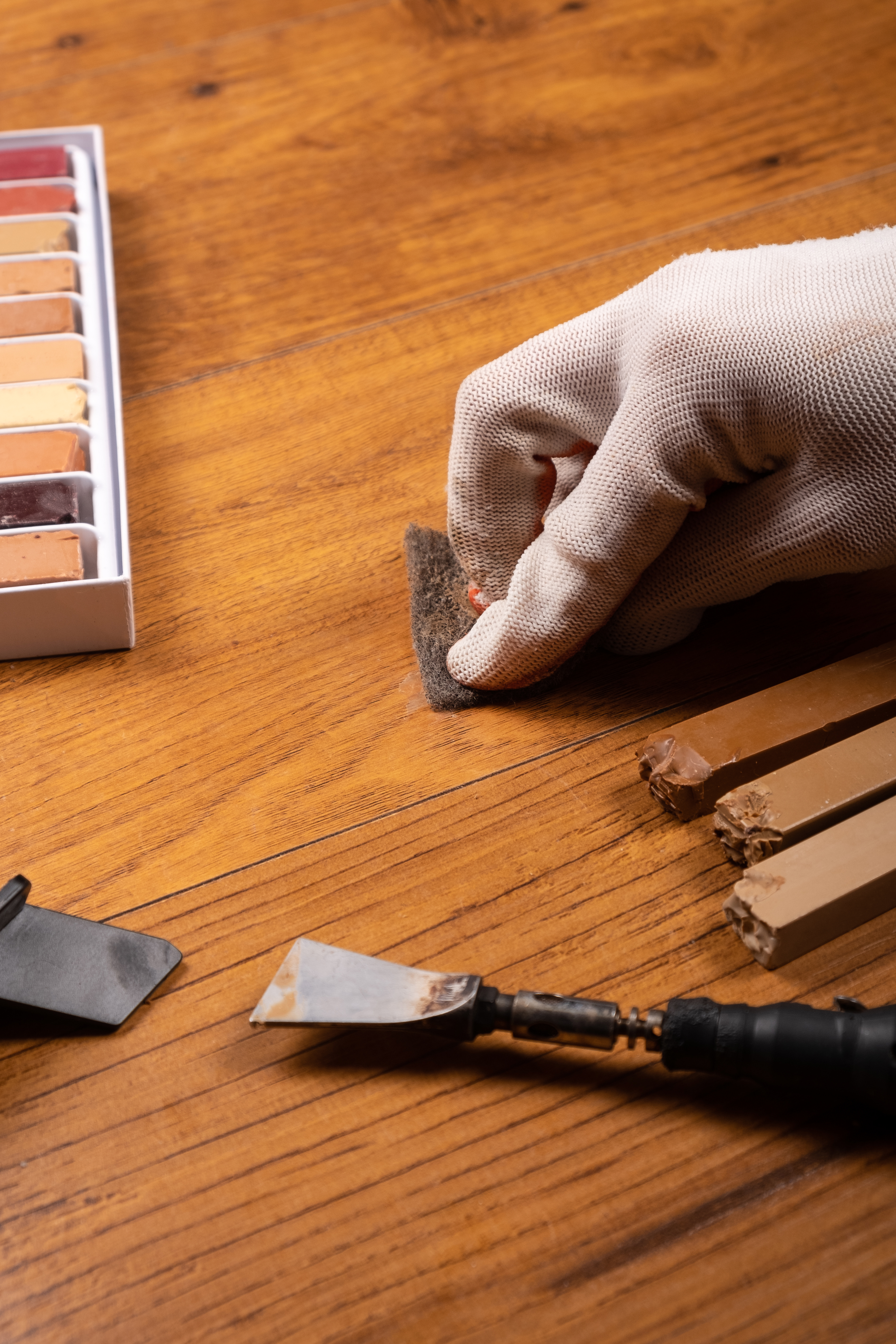
Once the problem is correctly diagnosed, the next step is implementing the right repair technique. This section covers methods for fixing common issues like crowning, cupping, gapping, and buckling in hardwood floors.
Crowning and Cupping Fix Methods
Repairing crowning and cupping issues in hardwood floors requires patience and expertise. The first step is always to address the underlying moisture problem.
For cupping, once the moisture issue is resolved, mild cases may correct themselves over time. More severe cases might require sanding and refinishing the floor to restore its evenness.
Crowning often requires more intensive treatment. After fixing the moisture problem, the floor usually needs to be sanded down to level the raised centers. This is followed by refinishing to match the rest of the floor.
In both cases, it’s crucial to wait until the wood has fully dried and stabilized before attempting repairs. Rushing the process can lead to further damage or uneven results.
Solutions for Wood Floor Gapping
Addressing wood floor gapping depends on the severity and cause of the problem. For seasonal gapping, maintaining consistent indoor humidity levels can often resolve the issue.
For persistent gaps, there are several repair options:
Wood filler: Small gaps can be filled with a matching wood filler.
Slivers: Larger gaps might require inserting thin wood slivers glued into place.
Board replacement: In severe cases, replacing the affected boards might be necessary.
It’s important to note that attempting to close gaps by adding humidity can lead to other issues like cupping or crowning. Always consult with a professional before making significant changes to your home’s environment.
Repairing Buckling Hardwood Floors
Repairing buckling hardwood floors is often a complex process that requires professional intervention. The first step is always to identify and fix the source of excess moisture.
Once the moisture problem is addressed, the buckled boards need to be assessed. In some cases, if caught early, the boards may flatten out on their own as they dry.
For more severe buckling:
The affected boards are usually removed.
The subfloor is checked for damage and repaired if necessary.
New boards are installed to match the existing floor.
The entire floor might need to be sanded and refinished for a uniform appearance.
In cases of extensive damage, full floor replacement might be more cost-effective than repairs. A professional can help you make this decision based on the extent of the damage and the overall condition of your floor.
Preventative Measures for Longevity
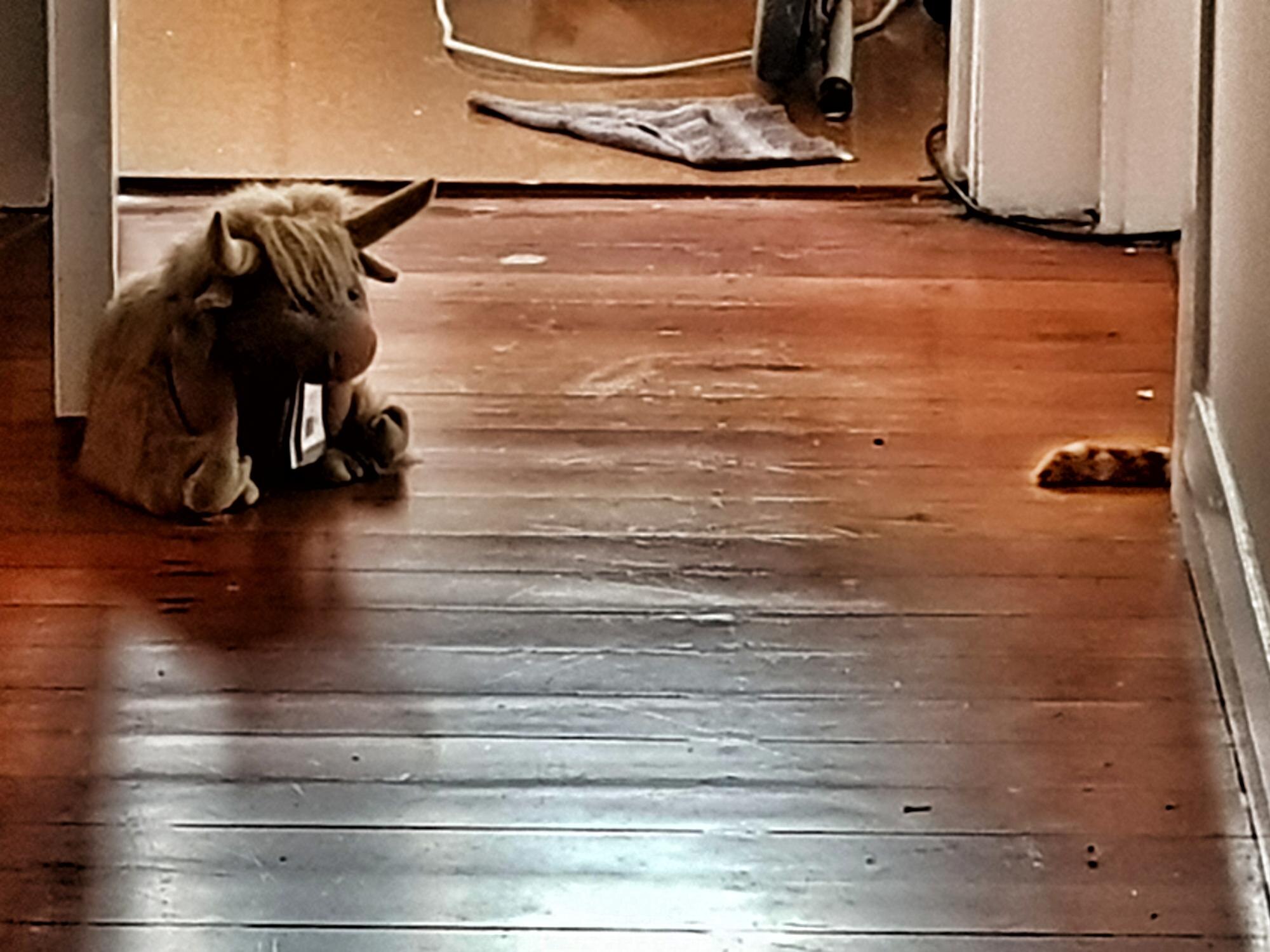
Prevention is always better than cure when it comes to hardwood floors. This section discusses strategies to maintain your floors, control moisture levels, and choose the right products to extend the life of your hardwood floors.
Regular Maintenance Tips
Regular maintenance is key to preserving the beauty and integrity of hardwood floors. A consistent care routine can prevent many common issues.
Daily care includes sweeping or dust-mopping to remove dirt and debris that can scratch the floor’s surface. Use a soft-bristled broom or a microfiber mop for best results.
Weekly maintenance should involve vacuuming with a soft brush attachment to remove dust from corners and between boards. Avoid using beater bars or hard brushes that can damage the wood.
Monthly, use a slightly damp mop with a manufacturer-approved hardwood floor cleaner. Be careful not to over-wet the floor, as excess moisture can cause damage.
Annually, consider a professional deep cleaning and assessment to catch any developing issues early.
Controlling Moisture Levels
Moisture control is crucial for preventing many hardwood floor problems, especially in Maryland’s humid climate. Maintaining consistent indoor humidity is key to floor longevity.
Use dehumidifiers in humid months to keep indoor humidity between 35% and 55%. In drier months, a humidifier can help prevent excessive drying and gapping.
Install moisture barriers in crawl spaces and basements to prevent moisture from seeping up through the subfloor. This is particularly important for homes near water or in flood-prone areas.
Address any leaks or water issues promptly. Even small leaks can cause significant damage to hardwood floors over time.
Consider using rugs in high-moisture areas like entryways or near sinks, but ensure they allow the floor to breathe.
Choosing the Right Flooring Products
Selecting appropriate products for your hardwood floors is essential for their long-term health and appearance. The right choices can enhance durability and simplify maintenance.
For cleaning, opt for pH-neutral cleaners specifically designed for hardwood floors. Avoid harsh chemicals, oil-based products, or steam mops that can damage the wood or finish.
When refinishing, choose a high-quality polyurethane finish that suits your lifestyle. Water-based finishes are eco-friendly and dry quickly, while oil-based finishes offer more durability.
For protection, use felt pads under furniture legs to prevent scratches. Consider using area rugs in high-traffic zones, but avoid rubber-backed rugs that can trap moisture.
If you’re installing new hardwood floors, select a wood species and finish that matches your home’s conditions. Some woods, like oak or maple, are more resistant to wear and moisture fluctuations.
Benefits of Professional Assistance
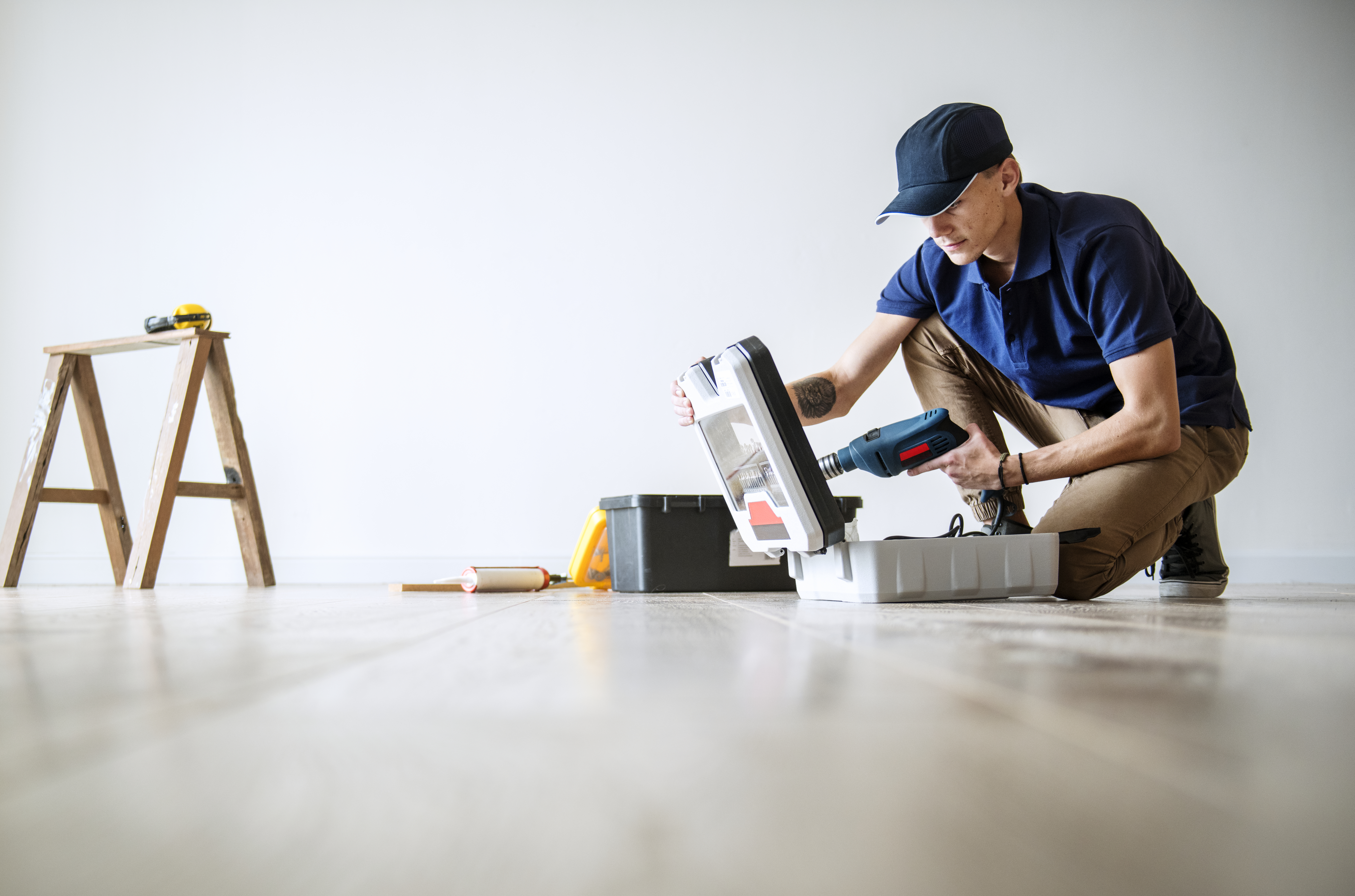
While DIY efforts can address minor issues, professional help often yields superior results, especially for complex hardwood floor problems. This section highlights the advantages of professional services and how to find reliable experts in Maryland.
Advantages of Professional Floor Diagnosis
Professional floor diagnosis offers numerous benefits that can save homeowners time, money, and frustration in the long run.
Experts have the training and experience to accurately identify issues that might not be apparent to the untrained eye. They can distinguish between similar-looking problems like cupping and crowning, ensuring the correct treatment.
Professionals use specialized tools to measure moisture content in wood and subfloors. This precision is crucial for determining the root cause of issues and developing effective solutions.
A thorough professional diagnosis often uncovers underlying problems that, if left unaddressed, could lead to more severe damage. This proactive approach can prevent costly repairs in the future.
Additionally, professionals can provide a detailed report of their findings, which can be valuable for insurance claims or when planning extensive repairs or renovations.
Finding Reliable Repair Services in Maryland
Locating trustworthy hardwood floor repair services in Maryland requires some research and due diligence. Here are some tips to help you find a reliable professional:
Look for licensed and insured contractors who specialize in hardwood floor repair.
Check online reviews and ratings on platforms like Google, Yelp, or Angi.
Ask for recommendations from friends, family, or local home improvement stores.
Request and compare quotes from multiple service providers.
Inquire about their experience with specific issues like buckling hardwood floors in MD.
When you’ve narrowed down your options, ask potential contractors about their repair process, the products they use, and their warranty policies. A reputable professional will be happy to answer your questions and provide references.
Remember, the cheapest option isn’t always the best. Consider the contractor’s expertise and reputation alongside their pricing when making your decision.
Testimonials and Success Stories
Real-life experiences from satisfied customers can provide valuable insights into the quality of a hardwood floor repair service. Here are a few examples from Maryland homeowners:
“After years of dealing with gapping floors every winter, I finally called in a professional. They not only fixed the gaps but also helped me set up a humidity control system. My floors have never looked better!” – Sarah T., Baltimore
“We had severe water damage that caused our floors to buckle. The repair team not only fixed the buckling but also identified and resolved the underlying moisture issue. Their expertise saved us from future problems.” – Mike R., Annapolis
“I was amazed at how quickly and efficiently the team repaired our cupping floors. They explained every step of the process and even gave us tips on preventing future issues.” – Lisa M., Frederick
These testimonials highlight the value of professional expertise in diagnosing and repairing hardwood floor issues. They also demonstrate how addressing the root cause of problems can lead to long-lasting solutions.
• 95% of customers reported improved floor condition after professional repair
• 80% noted that professionals identified additional issues they weren’t aware of
• 90% said they would recommend professional diagnosis to other homeowners
Remember, every floor is unique, and results can vary. However, these success stories underscore the potential benefits of seeking professional help for your hardwood floor repair needs in Maryland.
Fill out the form below and an AG Construction representative will contact you soon.
Contact Us Today


Whether you own a home or business, we’re your single source for complete flooring installation services! Our comprehensive services include:
- Hardwood staining, sanding, refinishing, restoration, and more!
- Carpet removal and installation
- Vinyl luxury plank replacement and installation
- Vinyl tile and COREtec installation
- And more!


